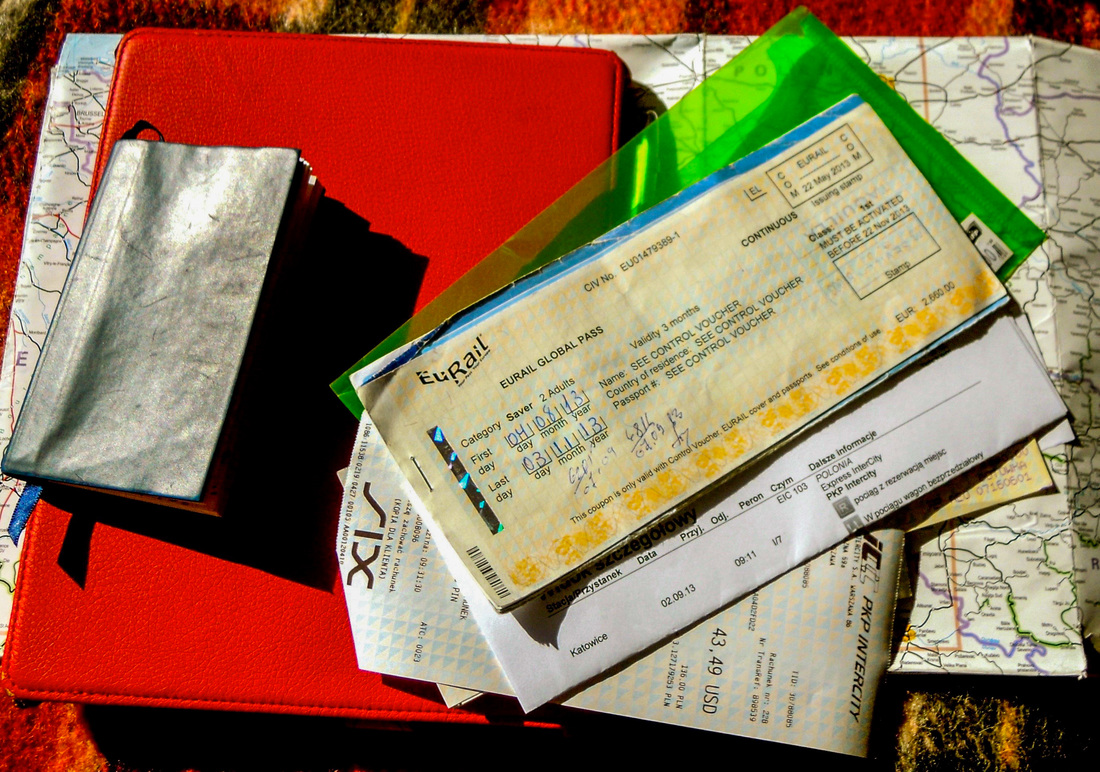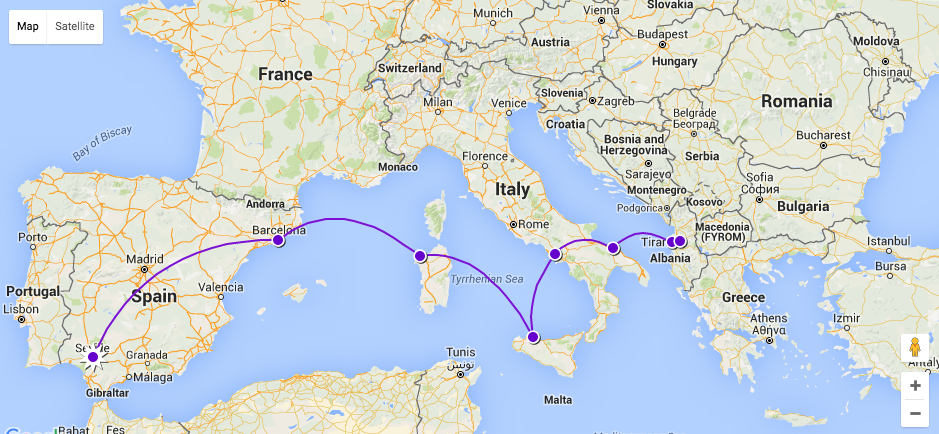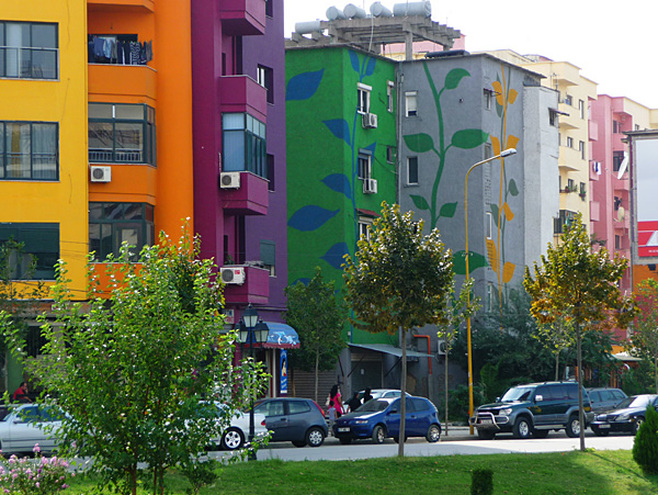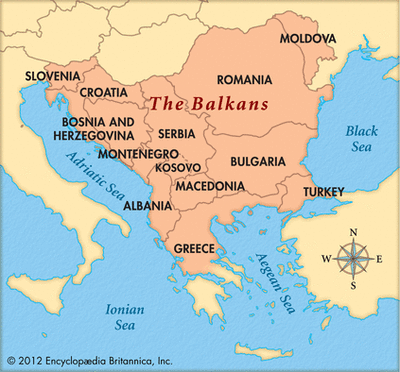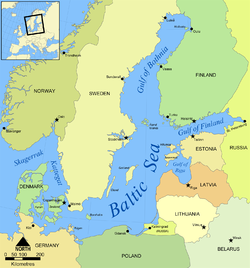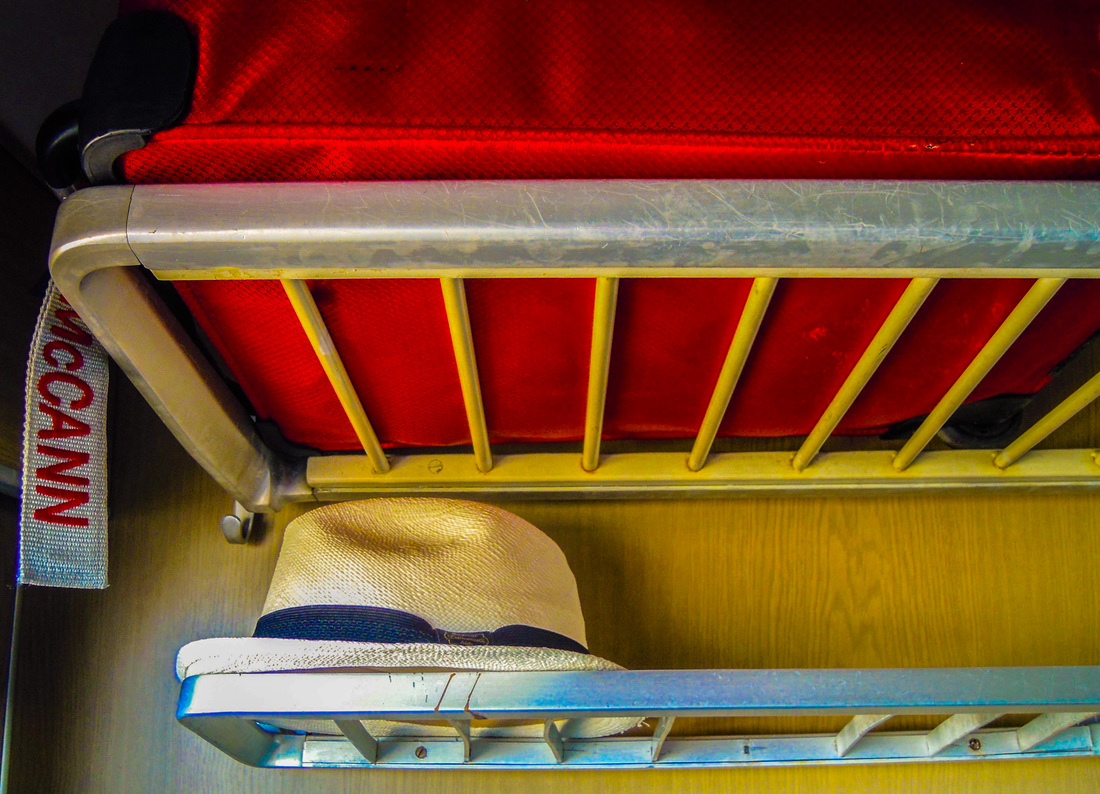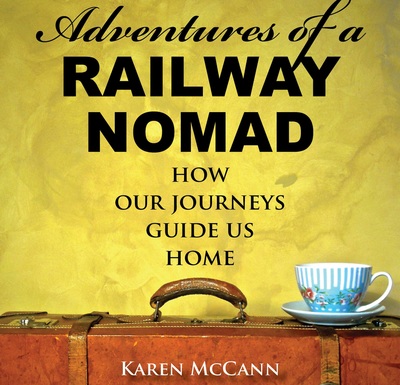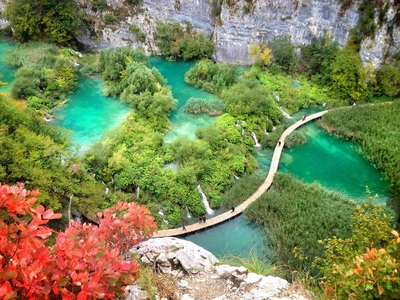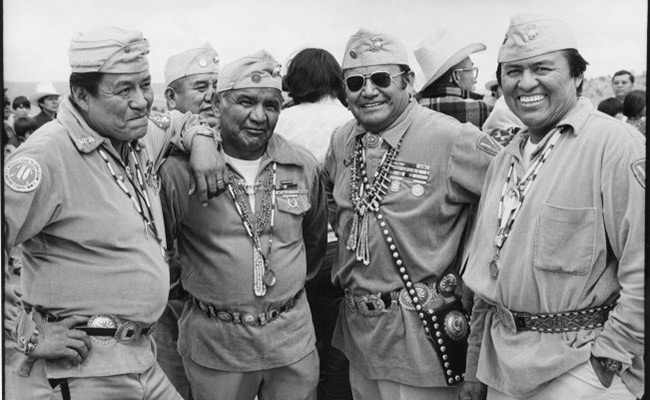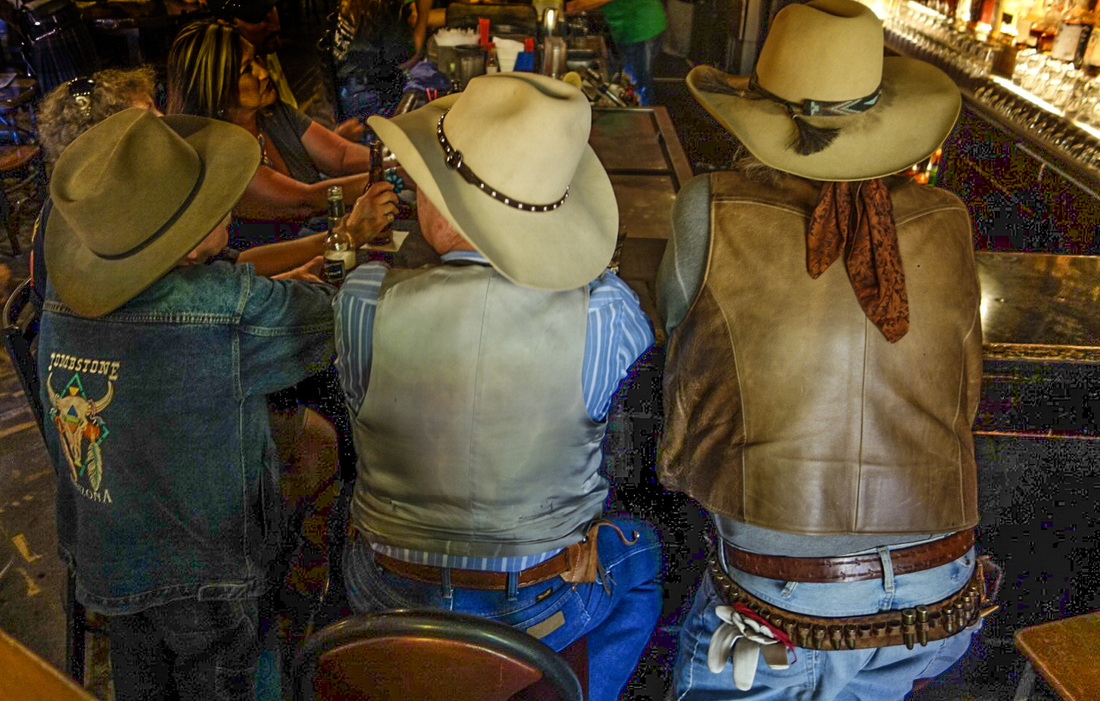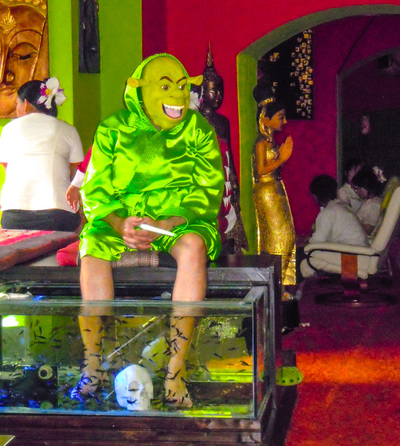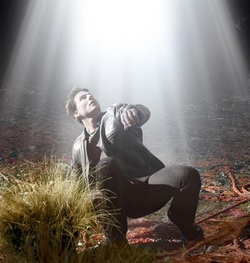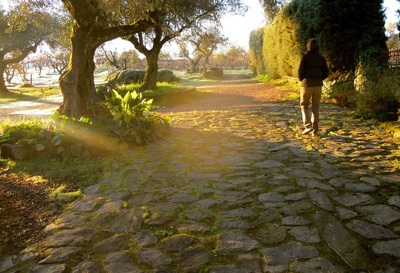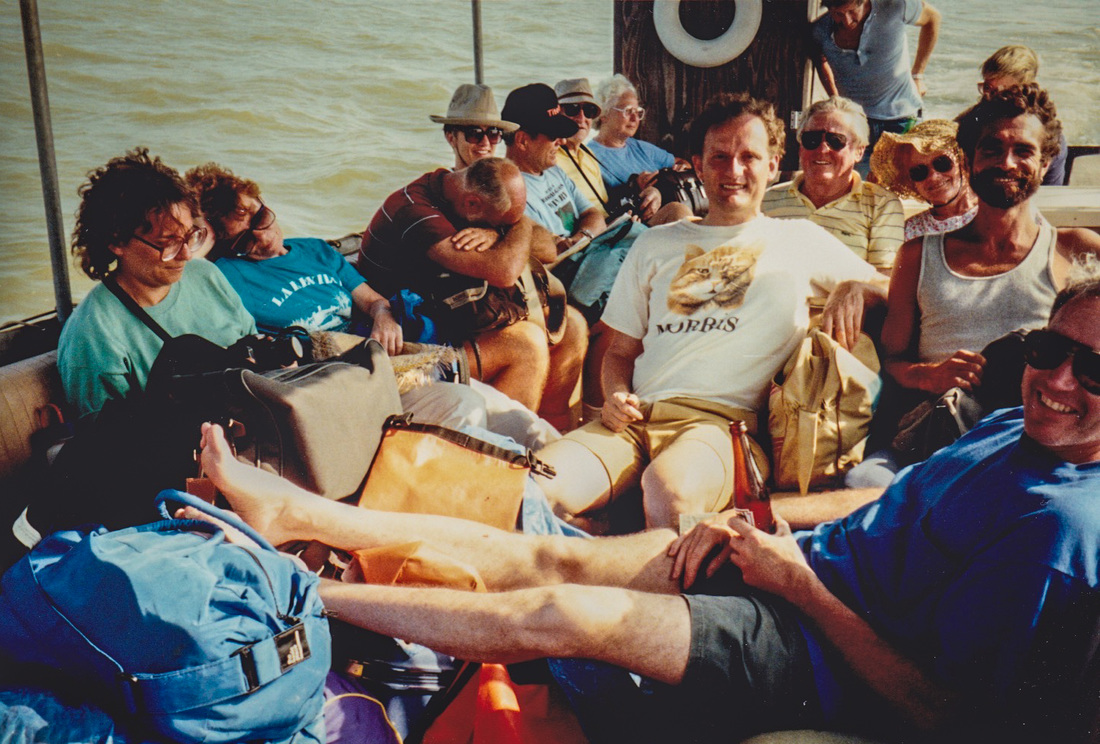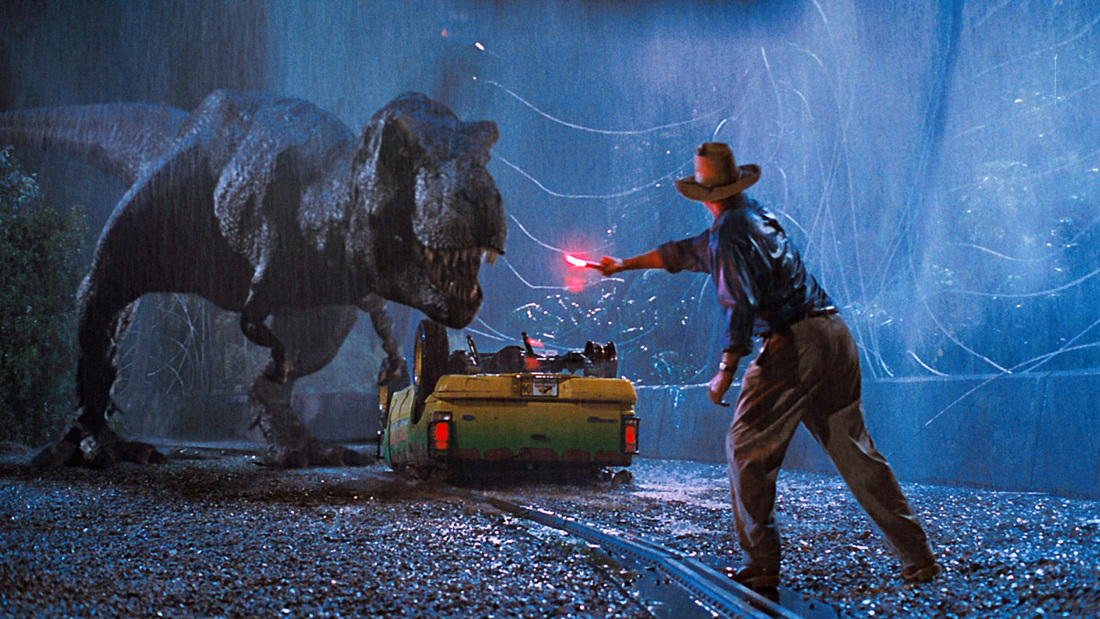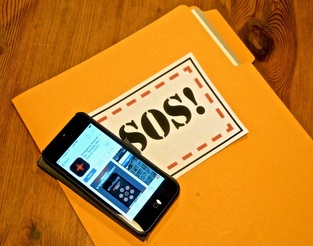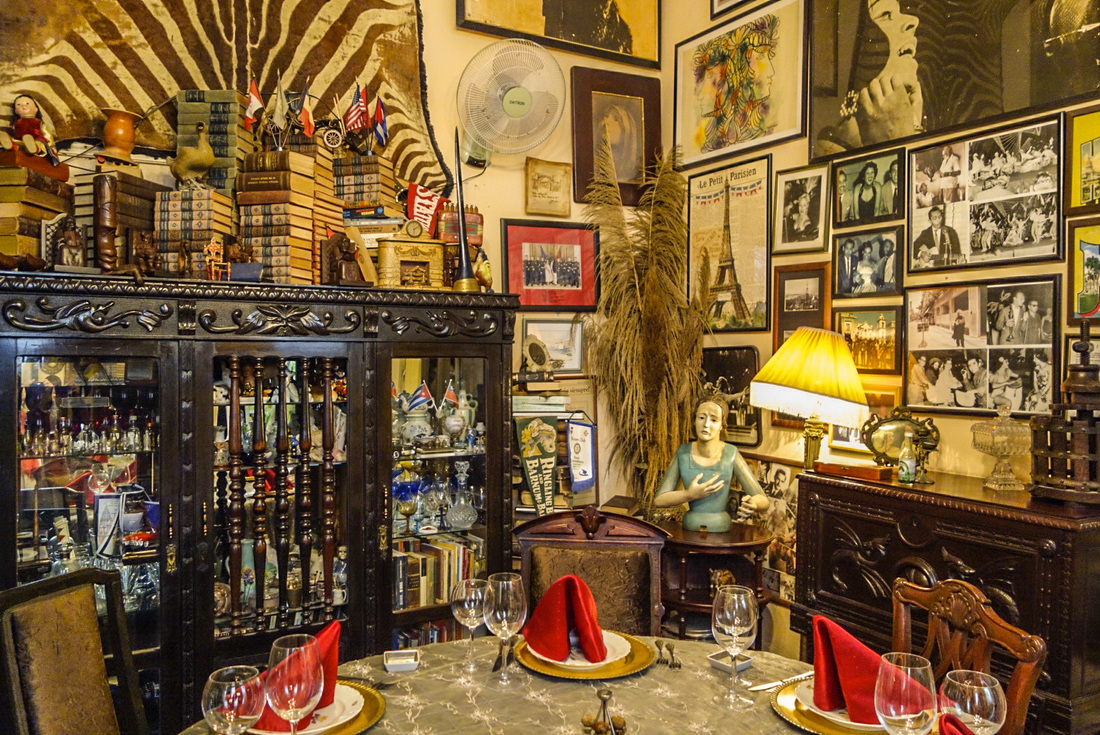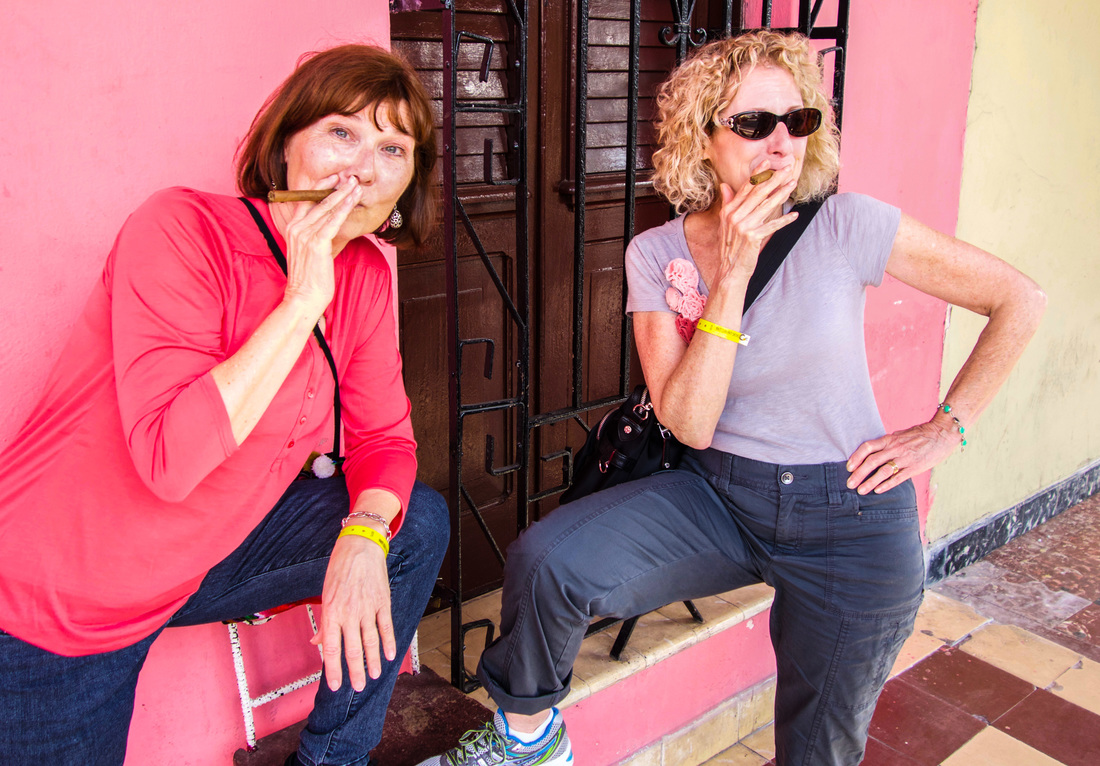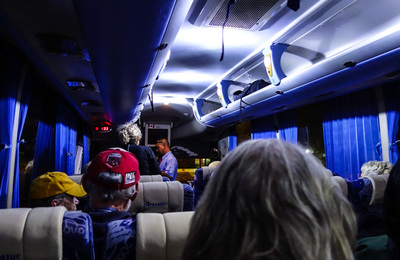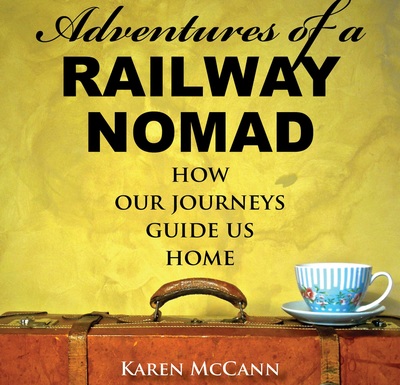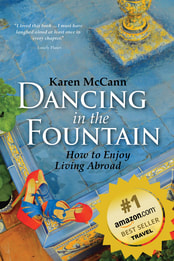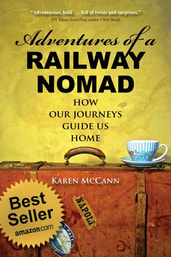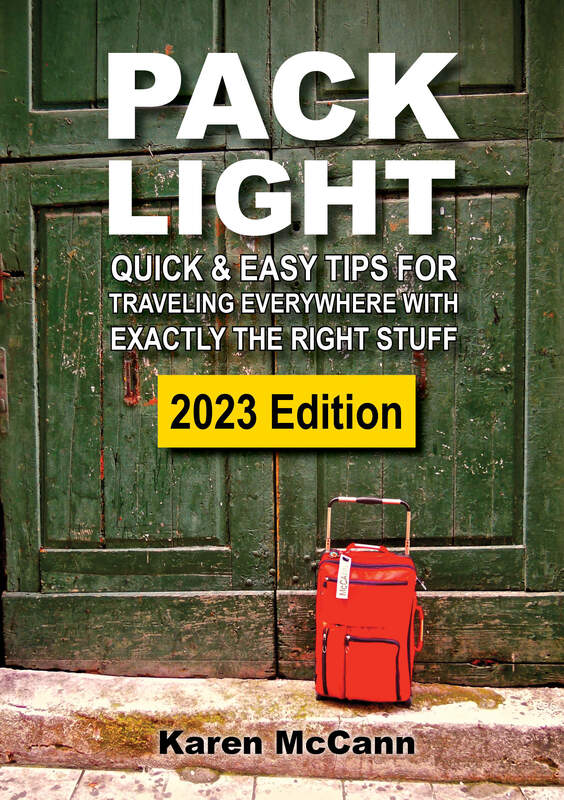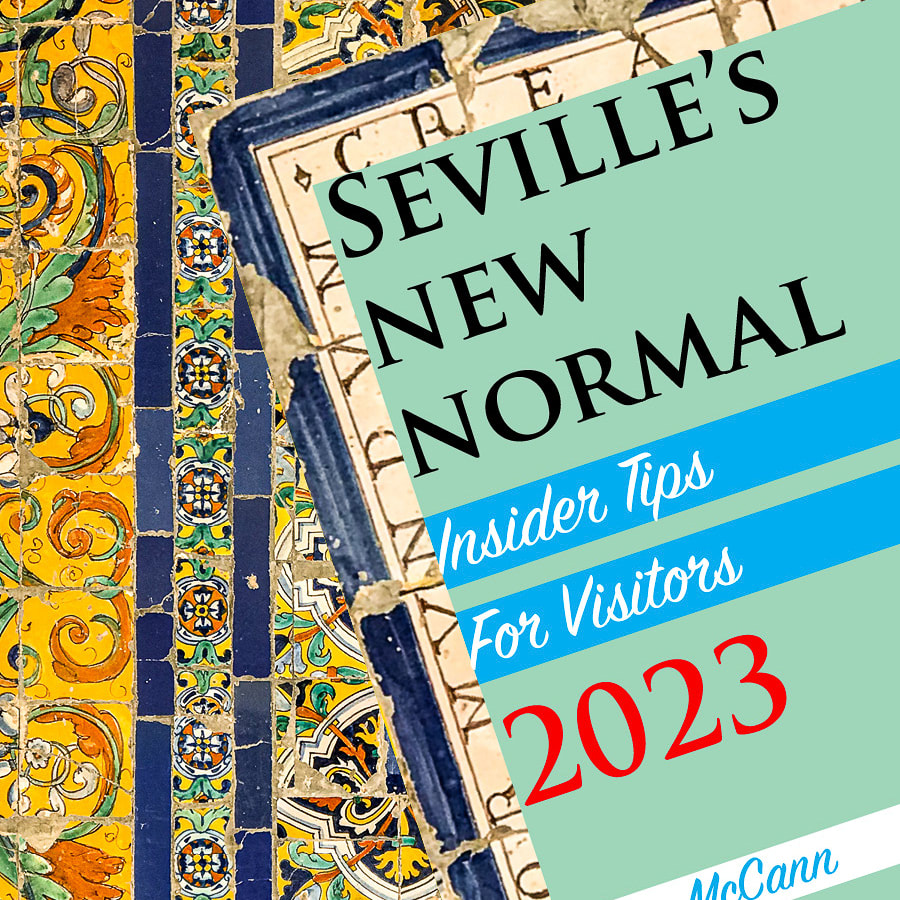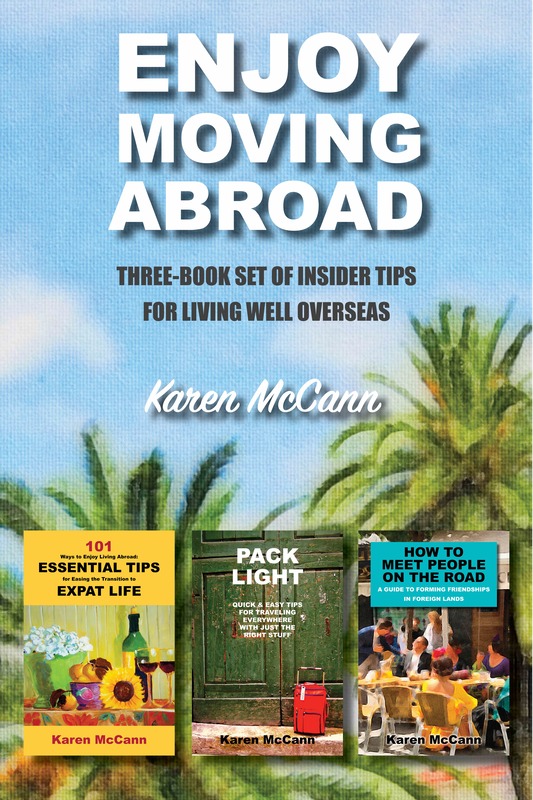|
There is a very, very good chance that Rich and I will soon be heading out on another long, nomadic railway journey, with minimal luggage, a couple of Eurail passes, and only the vaguest idea of our itinerary and possible trip duration (maybe four to five months). But if we've learned anything, it's to take nothing for granted and always expect delays. The biggest question mark concerns our Spanish residency permits. We filed for renewal two months ago, just before we left Spain to visit Cuba, Arizona, and California. Normally renewal is a routine process, but as you may have heard, Europe is a bit touchy about immigration these days, and getting residency permits is now considerably more complicated — and more necessary for the kind of long-term travel we're planning. In theory our residency permits will be waiting for us when we get back to Seville at the end of this week. But these days, with regulations tightening so fast no one can keep up with the changes, anything can happen. Worst case, we'll need to start the process all over again, requiring months in Seville to sort things out. But if the travel gods are smiling upon us, we will pick up our residency cards next Monday, have a round of welcome-back-bon-voyage dinners with friends, do laundry, pack, and get out the door somewhere around April 15. We have divided the upcoming train trip into two distinct phases. Phase 1 is all about taking a fairly leisurely route to our first port of call, Albania. We figure that will take about three weeks or so. What's Phase 2? I'll get to that in a minute... PHASE 1: GETTING TO ALBANIA Why Albania? I love going places that have long been off limits, and Albania — cut off from the world from 1944 to 1992 by its strict communist government — remains a mysterious destination on the edge of mainstream Europe. And it sounds like a hoot. For instance, the prime minister (who happens to be an artist) started adding jazzy colors and patterns to grim old concrete high-rises from the communist days, improving the capital's appearance, morale, and even compliance with the law. Brilliant! "Honestly, the more time I spend in Albania, the harder it is for me to understand why people are so skeptical about it," said Larissa Olenicoff, aka the Blonde Gypsy, when I interviewed her for my post Authentic, Affordable, Gorgeous: Why NOT the Balkans? "For sure it can be complicated in terms of infrastructure and at times language, but it’s just as safe as every other European country and there is SO MUCH TO SEE there. It really has everything from beaches to mountains to history to amazing food and all at an unbelievably low price." Best of all, it's not overrun with tourists! What happens after Albania? We're thinking of this trip as our Balkans to Baltics Tour. While even the experts can't quite agree which parts of approximately 13 countries constitute the Balkans, we're pretty sure Albania counts as one of them, and from there we'll likely wend our way north through other Balkan states such as Macedonia, Kosovo, and Serbia. After that we're considering heading up through Hungary, western Ukraine, and Poland to reach the Baltic States of Lithuania, Latvia, and Estonia. But that's only a rough idea; we want to keep our itinerary loose and exploratory. How much luggage are we taking (if any)? Everyone's been asking if we're going luggage-free on this one, and I have to say no, we are each taking a small suitcase. I want a few clean shirts, a couple of warm layers for the mountains, and my trusty laptop for blogging along the way. However I am attempting even more minimalist packing this time; I'll be posting more about that soon. How can you be part of the journey? I hope you'll follow our exploits as they unfold on this blog. If you haven't already subscribed, sign up here and I'll let you know as soon as I have something new and interesting to report. And if you have suggestions, warnings, or tales of your own about any of the places we're thinking of visiting, please share them in the comments below! YOU MIGHT ALSO ENJOY
29 Comments
“Welcome to Arizona,” say the locals, “where summer spends the winter — and hell spends the summer.” It’s true! I had a business trip to Phoenix one August and felt like I’d died and gone to Hades in the 110-degree heat. I developed a keen appreciation of Mark Twain’s story about an Arizona sinner who upon his death “went straight to the hottest corner of perdition — and the next day he telegraphed back for his blankets.” Other times of the year are heavenly, and visiting friends in Tucson earlier this month, I rediscovered the pleasure of sitting around in light summer clothes sipping frosty beer while watching television reports of the northeastern states digging themselves out of yet another killer snowstorm. For two hundred years, Arizona’s warm winters and wide open spaces have attracted visitors and new residents from all over the world — some say, from throughout the galaxy; since 1998, Arizona residents have reported 3,212 extraterrestrial encounters. I can’t promise you’ll see a flying saucer there (I never have, darn it!), but there’s plenty of other offbeat entertainment. A magnet for quirky characters, the state is teeming with tall tales, legends, ghost stories, ghost towns, and loony roadside attractions. Here are a few highlights from the state’s long list of hot spots designed to make you blink, do a double-take, and activate your phone’s camera setting. Arcosanti Forty years ago, Paolo Soleri set out to create a 4000-acre city of tomorrow that would harmonize with Mother Earth and serve as a model for sustainable urban architecture. Unfortunately, it is still unfinished and barely able to sustain itself, subsisting on income from selling wind chimes in the gift shop. It’s both futuristic and a ghost town in the making. Biosphere 2 Designed as a self-contained ecosystem for scientific study and a model for future interplanetary outposts, Biosphere 2 is basically 72-million-cubic-foot glass terrarium. When four men and four women sealed themselves inside for a two-year experiment, you can imagine how quickly things ran amok. Even before miscalculations led to near starvation and asphyxiation, human nature reared its head and lurid soap opera scenarios ensued. The Flintstones’ Bedrock City Remember the animated sixties sitcom about the “modern Stone-Age family?” Today, the Flintstones are largely forgotten, but for kitschy fun you might want to stroll the dusty streets of Bedrock and shout Fred’s trademark “yabba-dabba-doo” one more time. Jack Rabbit Trading Post Ever wanted to ride a giant fiberglass jack rabbit? Me either, but this roadside attraction, a relic of the glory days of Route 66, is proving irresistible to a new generation armed with smart phones and selfie sticks. London Bridge In 1968, theme park designer C.V. Wood paid the City of London $2.5 million for the bridge, spent another $7 million on shipping and reassembly, and then had to shell out for a fake lake for it to span. As a bonus extra, the bridge came fully equipped with several ghosts, who continue to haunt it to this day. (Not that I believe in that sort of thing…) Navajo Code Talkers Exhibit A Burger King may seem an unlikely spot for an exhibition about the famous Navajo Code Talkers, whose tribal language was used in messages that baffled the Nazis during WWII. But when owner Richard Mike discovered that his dad had served in the unit, he decided to create a tribute. “We have more Code Talker memorabilia than the Pentagon does,” Mike says proudly. Tent City Jail Also known as “America’s concentration camp,” this jail houses inmates in old Korean War tents in the desert, where temperatures rise above 120 degrees. They’re fed expired junk food like bologna that’s turning green, and infractions can put anyone — men, women, juveniles — on a chain gang in the desert. Cruel and unusual punishment? I’d say so, but Arizona residents have re-elected the sheriff in charge six times. He’s so proud of his work he offers free tours of the facility. Tombstone Home of the famous gunfight at the OK Corral, Tombstone is now a theme park paying homage to the good old days, when justice was dispensed with a six-shooter, and female companionship was readily available at the nearest brothel. During a recent visit I was startled to realize how many guys with Stetsons on their heads and guns on their hips were not, in fact, actors but my fellow citizens toting genuine firearms. Sedona’s Energy Vortexes Those who know lots more about this stuff than I do swear that Sedona is blessed with multiple energy spirals called vortexes, which channel energy to enhance spiritual growth and healing in multiple dimensions. Sedona came to national attention with the prediction that on August 16 and 17, 1987, the Earth would start slipping out of its “time beam” and possibly spin out into space. This could only be stopped by the concerted, psychic energies of the human race coming together in synchronized meditation, known as the Harmonic Convergence, in Sedona and other spiritual power centers. Did it work? Of course! Has the Earth slipped out of its time beam? I rest my case… Arizona is a world of its own, as gunslingers, extraterrestrials, and New Agers will attest. If you go, be sure to bring your sunscreen, your camera, and most of all your sense of humor. Good luck out there. Have you been to Arizona? Thought about going? Do you have any stories to share or suggestions for places I should visit next time I’m there? As you probably know by now, I don't accept sponsorships of any kind, so everything mentioned in my posts is included because I thought you might find the information interesting or helpful. I have been to many of these attractions, but not all. If you’ve got updated information or a different perspective, I would love to hear from you! When your boat breaks down at sunset on crocodile-infested waters in a trackless jungle, there’s ample time to ponder whether or not you’ve made the right travel choices. For instance, Rich and I felt our honeymoon definitely called for independent travel, yet when both our hungover young boatman and his ancient outboard motor conked out completely, miles from anywhere up a jungle river in Costa Rica, it crossed my mind that a bit of backup might have been useful. On another trip, it was the very fact we were with a group, overburdening our barge and driving its propeller deep into the waterweeds, that caused the breakdown in an area of Belize that was equally deserted — except, of course, for the crocodiles. My point is, both group and independent travel have their ups and downs, and there’s no perfect answer to the question of which you should choose. My regular readers won't be surprised to learn that I lean heavily in favor of independent travel. I love the freedom to make choices about what to see and what to skip, where to eat and sleep, when to go exploring and when to settle at a sidewalk café and watch the passing parade. Relaxed, spontaneous travel enables me to feel comfortable wherever I am and helps me remember that I am not just passing through the world but living in it. “Every day is a journey,” wrote poet Matsuo Bashō. “And the journey itself is home.” But there are times when your journey takes you places that aren’t very homey, places that are best navigated with the guidance of a competent leader, possibly armed with a machete. Yossi Ghinsberg learned this the hard way when he walked into the Bolivian Amazon with three other inexperienced, ill-equipped men in search of adventure and fortune. They were lost for weeks, running out of supplies, eating monkeys to survive. Yossi wound up separated from the others, alone in the jungle with rotting feet, a diet of snails and raw eggs, and only his hallucinations for company. Not the kind of vacation you’re looking for? Me neither. Organized tours make sense if you’re heading somewhere that can kill you without even trying (e.g., Antarctica, the Amazon, Mars) or are notoriously tricky to navigate (Cuba, Russia). Most destinations are less fraught with difficulties and restrictions, and you might choose to visit them with a group for convenience, access to specific experiences, and the camaraderie that can, with luck, make the trip infinitely more entertaining. You’ll probably want to consider a group tour if:
I’ve been on several tours where things did go wrong, and while most of my guides rose magnificently to the occasion, a few rapidly lost their cool and ability to function. Many years ago Rich and I signed up for a month-long tour of Asia’s spiritual traditions, staying at a Buddhist monastery in Thailand, learning whirling from a dervish in Nepal, hiking the Himalayas, seeing the Dalai Lama in northern India. All totally fabulous, but the group dynamics and trip logistics went increasingly wonky, and our leaders came unglued. One grew huffy and remote, while the other (his wife) kept bursting into tears and running out of the room. I couldn't blame her, but still, not helping. When a new itinerary was proposed that involved taking a tourist motor coach into a region of India where political unrest had recently included capturing and killing tourists, Rich and I decided we’d be safer on our own. We politely explained we preferred to make other arrangements and took off. The moral of all these stories? Use your common sense. A little research will help you decide which destinations are easier, safer, and more fun with a group and which you'll enjoy more traveling independently. If you're looking at travel companies, read comments and reviews carefully. Of course, you know what they say about the best laid plans. Alone or in company, nobody expects to get stranded on a river with crocodiles on the shore lifting their heads, licking their chops, and gliding into the water. Luckily, both times it happened to us help did arrive. And I can tell you one thing for certain: there is no sweeter sound in the world than the buzz of an outboard motor speeding over the water at nightfall, coming to the rescue. Do you prefer group or independent travel? Why? What travel tips can you pass on to others? Let me know below. In just the short time since I posted this, some regulations affecting Americans have changed. Here's an update on US-Cuba travel. Thinking of going to Cuba this year? You’re not alone. That small island nation is attracting huge attention as newly relaxed regulations make travel easier, especially for Americans. This is thrilling news for people like me, who never expected to set foot on Cuban soil (at least, not legally). But Cuba’s infrastructure for handling the rising flood of visitors isn’t firmly in place, and you’ll need to negotiate quirky regulations, the strange double-currency system, and more than a few pitfalls and rough edges. Is it worth the effort? You bet. Despite some tough years and an old-style Marxist-Leninist communist government, Cuba hasn’t lost its warm hospitality and the knack for showing visitors a good time. 10 things you’ll really enjoy in Cuba 10 things you need to know before you go 1. Entry Requirements You’ll need a passport that’s valid for six moths beyond the duration of your stay plus a Cuban visa. Visas are still a bit tricky for Americans; we have to apply for one of 12 exemptions to the ban on visiting Cuba, such as cultural or business interests. Everyone else can obtain travel visas from a Cuban embassy or consular office, via various Internet services, or through a travel company. 2. Tours vs. Independent Travel Regulations are complex and subject to change, especially for Americans, so most people go with a tour; Google lists thousands. My Cuban tour group experience was generally positive except for getting booted from our homeward bound plane, the airport, and the hotel so we wound up spending our last night in Cuba sleeping in a bus. Good times… Operating independently is an option, but bear in mind that if you’ve received a visa for a specific purpose, such as a cultural tour, it’s illegal to deviate substantially from your projected itinerary to, say, spend a week at the beach. Cuba takes these laws seriously. Our group had a government official watching our every move for days to make sure we kept on track. 3. Where to Stay Hotel occupancy, especially in Havana, is near 100%. Try to book well in advance, directly with the hotel or via sites such as Cuba Hotels. Casas particulares are private guest houses where you can stay with a family, often with homemade meals and enough privacy (e.g., your own bathroom) to make it comfortable; find them via sites such as Hostels Club and Airbnb. 4. Getting Around The Cuban government has invested in a fleet of modern motor coaches which are comfortable, air conditioned, and my least favorite way to see a country — sealed away behind tinted windows. Alternatives include the tourist bus, Viazul, local buses (slow and crowded), trains (very slow and very crowded), and various agencies providing cars with or without drivers/guides. 5. Currencies & Exchange Rates Confusingly, there are two currencies, and to make matters worse, they’re both called pesos and look nearly identical. The Cuban peso (CUP) is used by locals to purchase everyday items at government-controlled prices; this peso features pictures of people. The convertible peso (CUC) is tied to the US dollar, is worth 25 times as much as the Cuban peso, and generally shows monuments. American dollars are subject to an extra 10% tax, so exchange euros or pounds if you have them. ATMs are rare, and American credit cards aren’t accepted. 6. Food & Water I was surprised at how bland and repetitive the fare was in Cuba, although the paella and pulled pork were great. As to the coffee, I don’t agree with those who say that Cuban café con leche is as addictive as crack cocaine, but it’s close. Don’t drink the watery stuff at the hotel; head for a bodega or café. And speaking of water, Cuba’s isn’t all bad, but old lead pipes and unreliable supplies of chlorine for purification mean anything coming out of the tap could be hazardous. I adopted full safety protocols: bottled water, even for brushing teeth; no ice; only peeled or well-cooked produce. In our group, half of those who indulged in salads and iced drinks suffered serious stomach disorders. Pack meds for dealing with traveler’s tummy. 7. Plumbing Sanitation has been modernized recently but is still disconcertingly below the standards you’re likely used to. Most public toilets don’t have seats, and if they flush at all, the pipes are far too fragile to handle loo paper, which you are strongly requested to deposit in a separate waste basket. Always carry packets of tissue, hand sanitizer, and small coins to pay the lady at the entrance. 8. WiFi & Phone Service Communications systems are fragile, cumbersome, slow, and expensive — if you can get connected at all. I decided to stay disconnected the whole time and really enjoyed it. 9. Souvenirs Europeans can already get Cuban rum and cigars at their local markets, but Americans find it thrilling to know they can bring home $400 worth of goods including $100 worth of cigars and rum combined. 10. Respect The Cubans I met were warm-hearted, hard-working, and smart; the country has a 99.7% literacy rate (well above the USA’s 86%). People somehow remain cheerful and resilient despite tremendous obstacles, including years of near starvation and the current average salary of $20 a month. They love their country and don’t want to be Americans or Europeans. I know you would never do this, but I actually saw some foreigners treating Cubans with disrespect bordering on contempt for not speaking English or doing something the American way. If the Cubans can be gracious about my pathetic attempts to do the rumba, the least I can do is cut them some slack about plumbing and wifi. Unlike some of my better-organized and more practical blogger friends, I don't accept sponsorships of any kind. Any organizations mentioned in my posts are included because I thought you might find them interesting or helpful. Of course, you’ll want to do your own research. And remember, regulations about Cuba are changing with astonishing speed, so keep checking for updates, especially if you’re traveling independently. YOU MIGHT ALSO ENJOY |
This blog is a promotion-free zone.
As my regular readers know, I never get free or discounted goods or services for mentioning anything on this blog (or anywhere else). I only write about things I find interesting and/or useful. I'm an American travel writer living in California and Seville, Spain. I travel the world seeking eccentric people, quirky places, and outrageously delicious food so I can have the fun of writing about them here.
My current project is OUT TO LUNCH IN SAN FRANCISCO. Don't miss out! SIGN UP HERE to be notified when I publish new posts. Planning a trip?
Use the search box below to find out about other places I've written about. Winner of the 2023 Firebird Book Award for Travel
#1 Amazon Bestseller in Tourist Destinations, Travel Tips, Gastronomy Essays, and Senior Travel
BLOG ARCHIVES
July 2024
CATEGORIES
All
|
